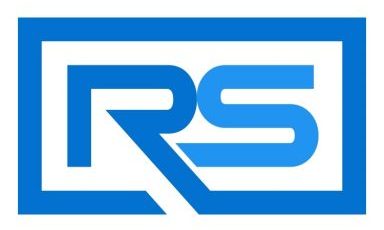Possible Causes of a Subgaleal Hemorrhage
Vacuum extractors, while useful when used properly, can lead to disastrous results if not applied correctly. They are most often used to assist with a difficult delivery and avoid performing a cesarean delivery (C-section), but 90 percent of all neonatal subgaleal hemorrhages are caused when this device is used improperly. There are several ways a vacuum extractor can cause this type of injury, including:
- Improperly placing the device’s suction cup on the infant’s head prior to pulling.
- Using excessive force when pulling.
- Using excessive force when applying the device to the infant’s head.
- Using the device an excessive number of times.
- Leaving the device’s suction cup applied to the infant’s head for an extended period of time.
While they are the most common reason an infant can suffer from a neonatal subgaleal hemorrhage, improperly using a vacuum extractor isn’t the only cause of this type of birth injury. Other causes and risk factors include improperly using forceps in place of a vacuum extractor to assist with a difficult birth, large birth weight, cephalopelvic disproportion, and prolonged second stage increasing the infant’s friction against the pelvic bone. Whether the doctor chooses to assist the birth with forceps or a vacuum extractor, they need to constantly monitor the infant’s head size, their blood’s ability to clot, their red blood cell count, and their vital signs.
Delayed diagnosis and treatment can cause the infant suffering from a neonatal subgaleal hemorrhage to go into shock, and if the bleeding is allowed to continue unchecked, can cause the affected area to swell, reduce the infant’s heart rate, and make the newborn lethargic, have difficulty feeding, pale skin, difficulty breathing, and they may also suffer from seizures.
Neonatal subgaleal hemorrhages are treated with the aggressive administration of blood products like frozen plasma and packed red blood cells that may prevent the infant from going into shock from their dangerously low blood pressure, while continued bleeding and coagulation issues can be treated with saline. Surgery on the subgaleal space may be necessary in order to remove the excess collected blood.
Improper or delayed treatment on an infant suffering from a neonatal subgaleal hemorrhage can increase the risk of:
- Abnormally elevated bilirubin levels
- Cerebral palsy
- Developmental delays
- Hydrocephalus
- Intellectual disabilities
- Permanent brain damage
- Seizure disorders
The Canadian Medical Association Journal (CMAJ) reported that about a quarter of all infants who suffer from a neonatal subgaleal hemorrhage die, and a public health advisory released by the United States Food and Drug Administration 18 years ago stated that:
“While no instrumented delivery is risk free, we are concerned that some health care professionals who use vacuum assisted delivery devices, or those who care for these infants following delivery, may not be aware that the device may produce life-threatening complications.”
You may be able to file a medical malpractice claim if your infant suffered from a neonatal subgaleal hemorrhage following the improper use of a vacuum extractor or forceps during a difficult delivery. At Robert Sparks Attorneys, PLLC, our Tampa birth injury attorneys are dedicated to fighting to secure our clients the compensation they deserve. Call us at (813) 336-3348 to speak with one of our birth injury lawyers today, or fill out the form on our website to request a case consultation.



